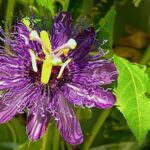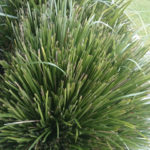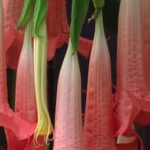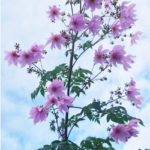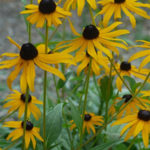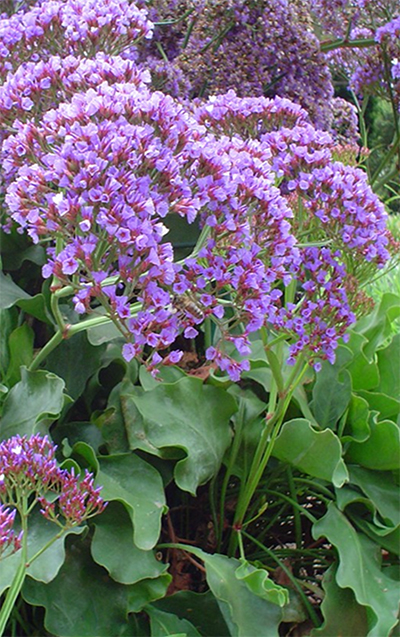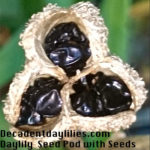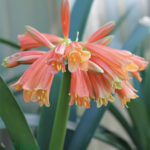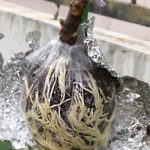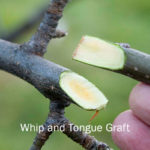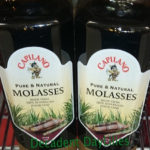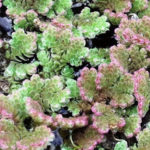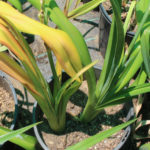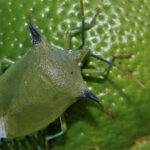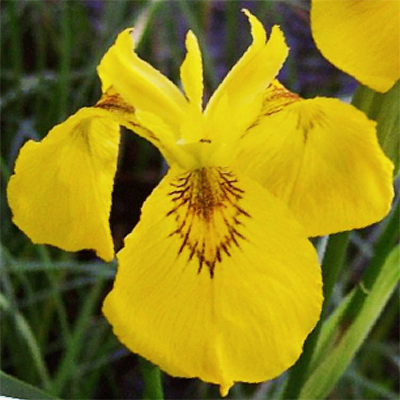
Iris Pseudacorus Yellow Iris Care
Know About Yellow Iris Pseudacorus Invasive Water Iris
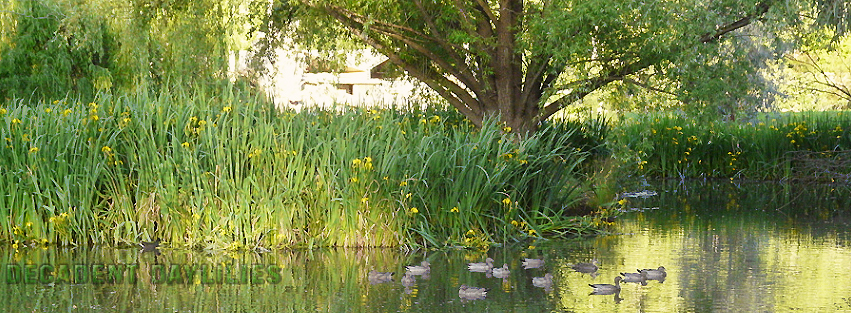 Iris Pseudacorus or yellow flag iris is a perennial belonging to the family Iridaceae. This plant is fast-growing and can invade wetlands and backyard landscapes easily. This species comes from Europe North Africa and Western Asia. They invade and form dense growth as shown by my image. It can reduce water movement and prevent the growth of other aquatic plants. Yellow Iris plants have become naturalised widely and are used as garden plants. However, in some areas of the world, growing yellow iris is restricted as they are considered noxious weeds. The plant has toxic properties and is not safe to consume.
Iris Pseudacorus or yellow flag iris is a perennial belonging to the family Iridaceae. This plant is fast-growing and can invade wetlands and backyard landscapes easily. This species comes from Europe North Africa and Western Asia. They invade and form dense growth as shown by my image. It can reduce water movement and prevent the growth of other aquatic plants. Yellow Iris plants have become naturalised widely and are used as garden plants. However, in some areas of the world, growing yellow iris is restricted as they are considered noxious weeds. The plant has toxic properties and is not safe to consume.
Plant Description
This moisture-loving iris has green or bluish green long strap-like leaves. The leaves are usually 1 meter long and 30 mm wide with a mid-rib. The plant reaches a height of about 150 cm. The flowers are large and bright yellow coloured with three broad and three narrow lobes. The flowers are produced on a flattened stem. The flowers flutter in the breeze like flags hence the name. They are produced from October to January or early summer in Australia. The seeds are three-angled capsules with glossy green colour. The capsule contains many smooth and flattened seeds just like a Louisiana Iris.
Growing Conditions
Iris Pseudacorus loves full sun or partially shaded areas with average moisture or wetlands. It can grow in normal or clayey soil. It can tolerate highly acidic soil. Several plants remain connected to each other through rhizomes. The rhizomes can survive severe drought and seeds are easily dispersed through flowing water. They are commonly found in wet woods, wet meadows, fens, and at the edges of lakes, rivers, and ponds. The leaves may die back during extreme winter. It can withstand mild winters.
Propagation
Reproduction of the yellow flag iris is through seeds and spreading underground rhizomes that bring plenty of dense stands of long stiff leaves and yellow spikes showing above the water surface. The cluster can be divided by cutting the rhizome. New plants grow from the fragments of rhizome and they get separated from the parent plant and reach new habitats. Seeds travel long distances through flowing water and start germinating when a suitable habitat is reached. The right time to divide the clumps is during the autumn. The seeds of the plant can germinate even after a fire in the wetland areas.
Ecological Problems
 The plant can invade irrigation canals, ditches, shallow ponds, shorelines of lakes and streams, and marshy areas and can cause flooding in the areas by blocking the flow of the water. They cause the extinction of native plant species and threaten the animal diversity of the area. Though this plant is avoided generally by grazing animals. If the livestock ingests the plant it can sicken the animals. It can cause skin irritation in humans.
The plant can invade irrigation canals, ditches, shallow ponds, shorelines of lakes and streams, and marshy areas and can cause flooding in the areas by blocking the flow of the water. They cause the extinction of native plant species and threaten the animal diversity of the area. Though this plant is avoided generally by grazing animals. If the livestock ingests the plant it can sicken the animals. It can cause skin irritation in humans.
How to Control Invasion?
As the plant is resistant to large animals and is not damaged much by any diseases, biological control is not an option to control the spread and growth of these plants. Small infestations can be removed by pulling out the plants with hands. Regularly monitor the sites for re-emergence. Digging of the land helps in reducing vegetative spreading. Spraying the plant with registered herbicides like Glyphosate is an option for aquatic areas.


